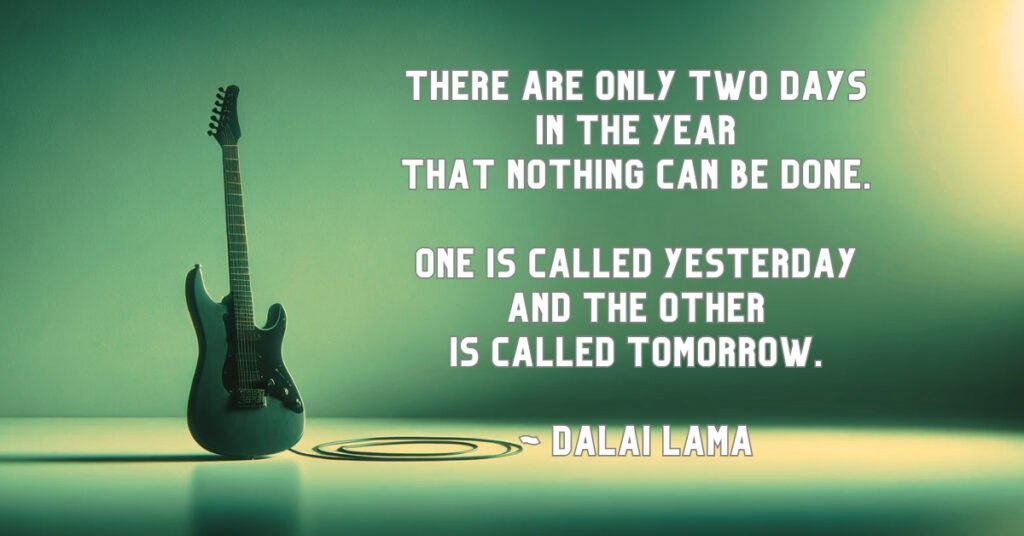Introduction: Setting the Stage

In the vast auditorium of life, living with a chronic illness often feels like an unscheduled solo performance, one where the lights are dimmed on the physical stage yet blinding in the realm of mental health struggles. This exploration delves deep into the intricate relationship between chronic physical conditions and their profound impact on mental health, unraveling the complex emotions and psychological challenges that accompany such diagnoses. It’s akin to a concert where the melody of physical symptoms intertwines with the harmony of mental health challenges, creating a composition that requires a nuanced understanding and approach.
The narrative of chronic illness is not just a tale of physical ailments but also a story of mental resilience and emotional fortitude. Anxiety, depression, and isolation play their parts in this story, echoing the somber tunes of a hard rock ballad that speaks to the soul’s struggles. However, within this composition of hardship, there are notes of hope and chords of strength, highlighting the strategies and coping mechanisms that can help navigate this journey. By tuning into the mental health aspects of chronic illness, we aim to amplify the conversation around support and recovery, offering solace and understanding to those who navigate this path.
The Echoes of Isolation and Guilt
Within the echo chambers of chronic illness, the feelings of isolation and guilt resonate with a particularly heavy bass, mirroring the depth of internal struggle that those affected endure. The isolation stems not just from the physical limitations imposed by their condition but from the perceived disconnect between their experiences and the understanding of those around them. It’s a solo performance in a crowded room where the audience is oblivious to the nuances of the melody being played.
Guilt, on the other hand, reverberates like a distorted guitar riff, adding layers of emotional complexity to the already challenging symphony of living with a chronic condition. This guilt often arises from the perceived burden one feels they place on friends and family, a weight that can press down like a relentless drumbeat, compounding the isolation and feeding into a cycle of mental distress. Recognizing these feelings as common yet unwarranted refrains in the chronic illness experience is the first step toward silencing their echo, allowing for a more harmonious mental state.
The Discordant Trio: Anxiety, Depression, and Pain
The mental health impact of chronic illness features a prominent trio: anxiety, depression, and pain, each contributing its distinct tone to the overall composition. Anxiety in this context often plays a lead role, its sharp crescendos reflecting the uncertainty and fear associated with unpredictable symptoms and the future. Like a relentless drum solo that overshadows the melody, anxiety can dominate one’s mental landscape, amplifying physical discomfort and creating a loop of increased suffering.
Depression follows, its heavy chords drowning out the lighter notes of daily life, making it difficult to find joy in previously cherished activities. The chronic nature of the illness, coupled with ongoing pain and the limitations it imposes, can lead to a sense of despair and hopelessness, akin to a ballad of loss that repeats without end. Pain, the physical manifestation of the illness, also exerts a profound psychological impact, underscoring the need for an integrated approach to treatment that addresses both the physical and mental aspects of chronic conditions. Strategies to mitigate these effects include seeking supportive therapy, engaging in stress-reduction techniques, and fostering a supportive community, akin to a band where each member plays a vital role in creating a harmonious output.
Finding Harmony: Coping Strategies and Support
In the face of this challenging symphony, finding harmony involves tuning into one’s mental health needs and adopting coping strategies that resonate with individual experiences. Engaging with mental health professionals can provide the guidance needed to navigate the emotional turmoil, offering techniques to manage anxiety and depression akin to learning how to play an intricate guitar solo. Support groups and communities act as a chorus, providing a backdrop of understanding and shared experience that can alleviate feelings of isolation.
Self-care practices, whether it’s mindfulness, exercise, or engaging in hobbies, serve as personal anthems of resilience, helping to maintain a balance between physical and mental health. Just as a meticulously composed song requires attention to each note and harmony, managing chronic illness demands a comprehensive approach that values mental well-being as a critical component of overall health.
Conclusion: A Crescendo of Resilience and Hope
As we bring this exploration to a close, it’s clear that the journey through chronic illness is a complex composition of challenges and triumphs. The interplay between physical symptoms and mental health struggles creates a narrative that demands recognition, understanding, and action. Yet, within this narrative, there lies a powerful message of resilience and hope. The strategies and support systems discussed here are like chords in a powerful anthem, each contributing to a stronger, more resilient melody that can withstand the trials of chronic illness.
The positive note on which we end is not a dismissal of the struggles faced but an acknowledgment of the strength and courage that emanates from this experience. It’s a reminder that, despite the hardships, there is a path forward—a melody of hope that plays on, inspiring and supporting those who walk this journey. Together, by addressing both the physical and mental aspects of chronic illness, we can amplify the voices of those affected, creating a symphony of support that resonates with empathy, understanding, and compassion.


